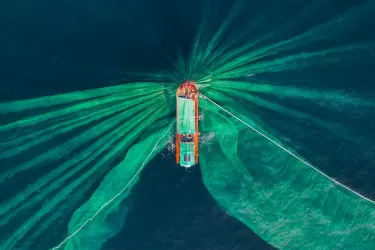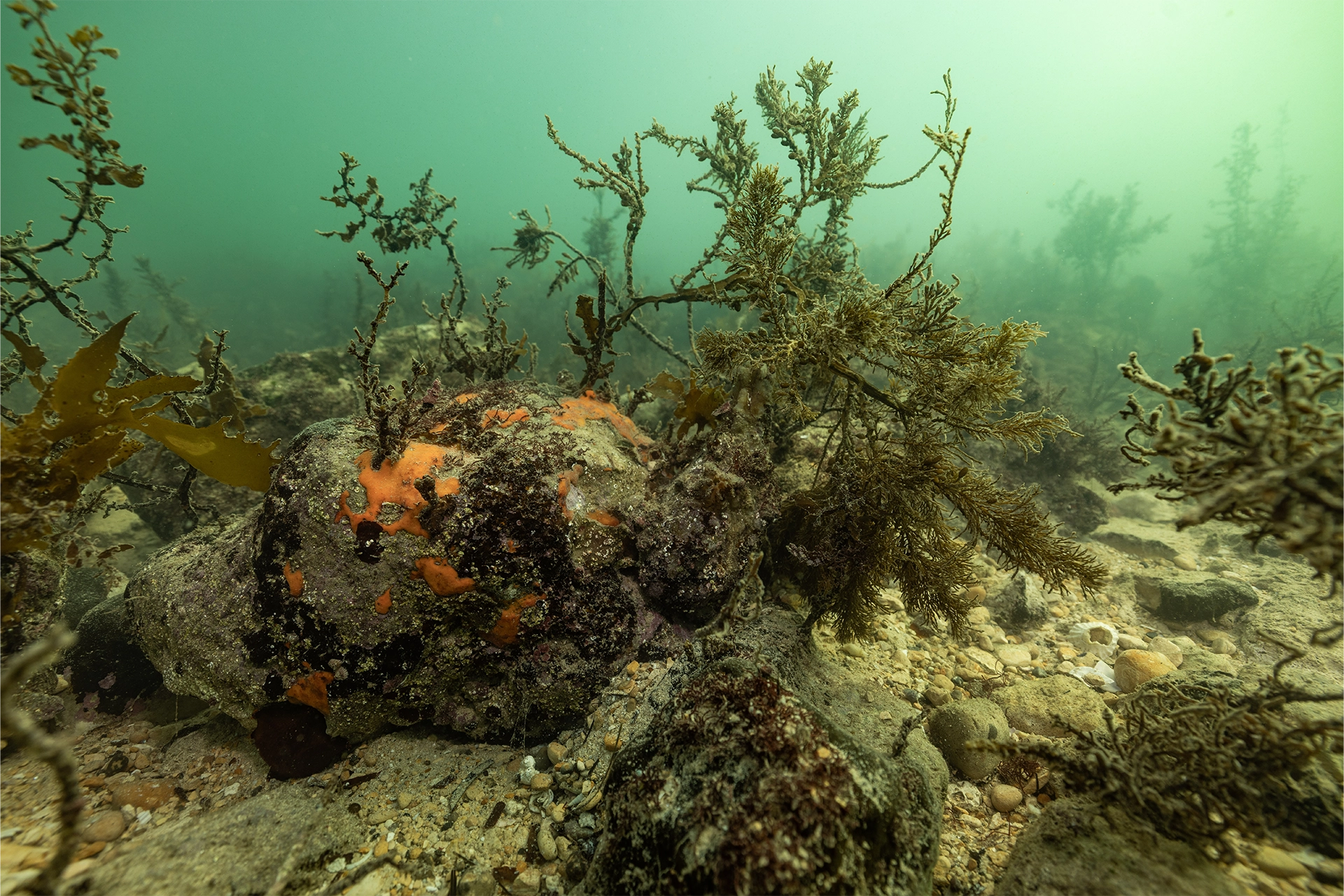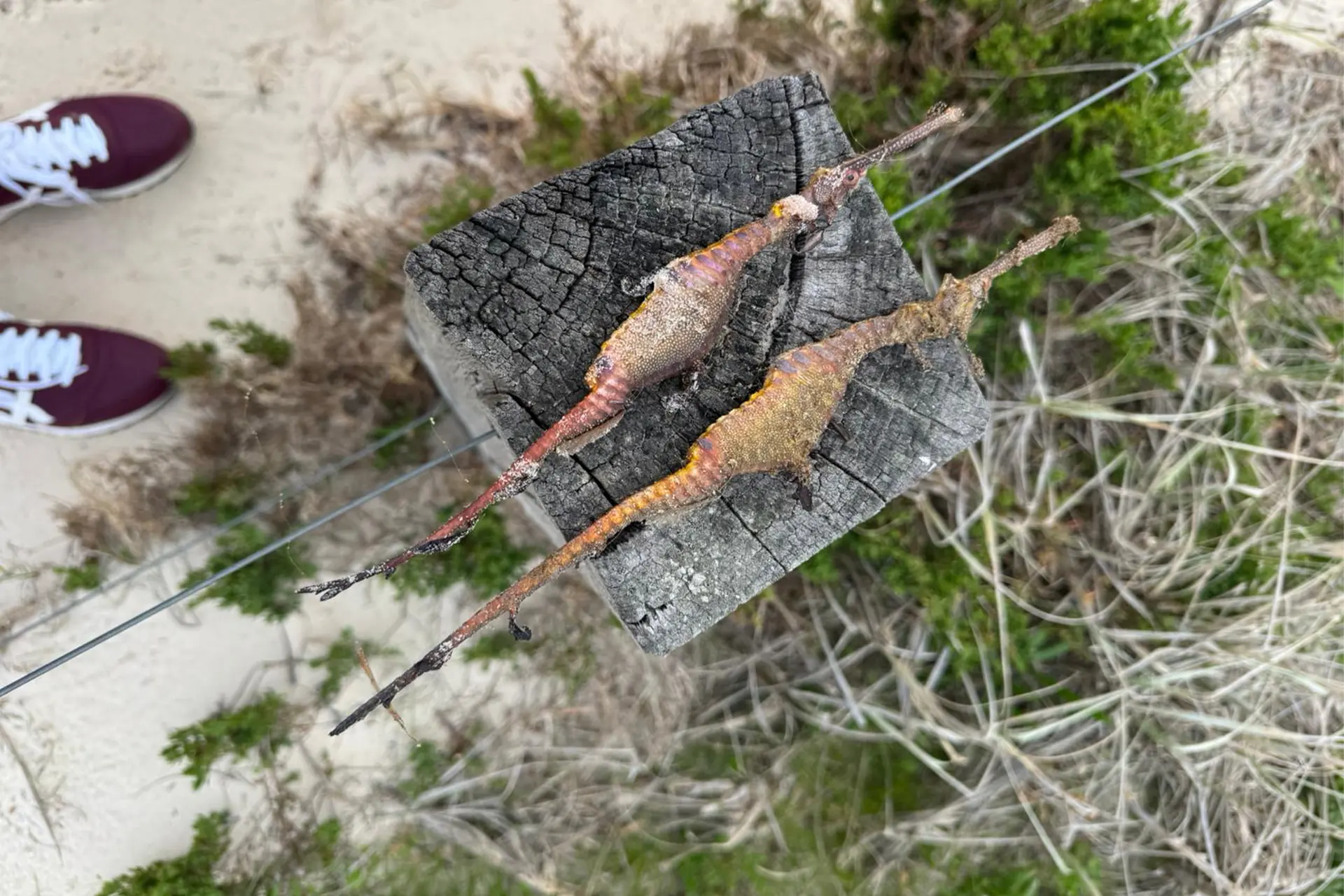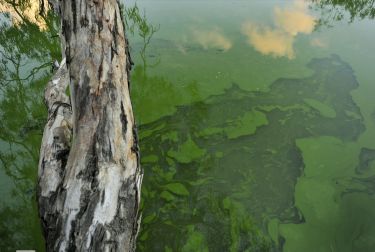
Sciences & Technology
Scientists have created a manifesto for our ocean

South Australia’s oceans have become battlegrounds, as once benign algae unleash a toxic chemical assault on marine life
Published 29 July 2025
Microscopic algae in the ocean generate half the oxygen we breathe.
But off South Australia’s coast, these same organisms have unleashed a toxic bloom that’s closed beaches, shut down oyster farms and left marine life dead by the thousands.

When ocean chemistry tips out of balance, algae can flip from oxygen producers to chemical aggressors – and the damage can be swift, widespread and impossible to stop.
Microalgae aren’t plants but like plants, they get their energy from the sun.
Powered by sunlight, microalgae convert CO₂ into sugars, amino acids and lipids that sustain marine microbes, krill, fish and whales – forming the base of the ocean’s food web.
Though they make up less than one per cent of Earth’s photosynthetic biomass, microalgae convert as much carbon as all land plants combined, driving the molecular machinery of the sea.
Sugars, amino acids, lipids and other small molecule metabolites leak from algal cells or are released when they die, feeding a vast microbial community that recycles and transforms them.

Sciences & Technology
Scientists have created a manifesto for our ocean
This molecular trade underpins the marine food web, nourishing everything from bacteria and krill to sardines, dolphins, whales and ultimately, us.
Algal blooms are natural events – and most are harmless, even beautiful. But problems arise when the wrong species bloom in the wrong numbers.
Of the many thousands of marine algal species, just a few percent have the capacity to form harmful blooms.
Karenia mikimotoi, the alga currently dominating the South Australian bloom, produces chemical cocktails containing hydrogen peroxide and hemolysins that damage fish gills and blood cells.
While these can be deadly to marine life, they thankfully only cause mild effects in humans.

While K. mikimotoi mainly harms marine life, other algae produce toxins more dangerous for humans.
A relative, Karenia brevis, is responsible for Florida’s ‘red tides’, and releases beguilingly complex, ladder-shaped molecules called brevetoxins.
They accumulate in shellfish and can cause neurotoxic poisoning when eaten.
These compounds can even become airborne in sea spray, triggering respiratory distress and, in severe blooms, prompting beach closures and evacuation warnings.
But even non-toxic algae can smother coastal ecosystems by sheer volume.
As trillions of algal cells multiply, die and sink, their decomposing cells strip oxygen from the water and block sunlight, creating suffocating ‘dead zones’ that have plagued coastal ecosystems from the Mississippi Delta to South Australia’s own Murray Mouth.

South Australia’s event is already the largest recorded algal bloom in Australia, covering roughly 4500 km² (an area four times the size of Hong Kong) and killing tens of thousands, possibly millions, of fish and invertebrates.
What sparks a runaway bloom? Often, it’s a perfect chemical storm.
Nutrient-rich runoff from farms and cities flushes nitrogen and phosphorus into the sea, fuelling growth.
Marine heatwaves, more common with climate change, speed up algal metabolism and lengthen the growing season.

Calm weather keeps cells near the surface, where they multiply unchecked.
But harmful algal blooms aren’t new.
There are Samurai-era chronicles from eighth-century Japan describing seas that “turned to blood”. However, human activity has tipped the balance, making harmful blooms more frequent, intense and destructive.
Under the microscope, an algal bloom looks like a bustling bazaar where microbes barter molecules for survival.

Algae, the primary ‘producers’, run their business on sunlight and carbon dioxide, and release a surplus of sugars, amino acids and other nutrients that sustain a vast community of bacterial consumers.
In return, bacteria supply hard-to-make compounds like vitamins that algae need but can’t easily make themselves.
But this molecular marketplace also attracts opportunists and enforcers. Some bacteria release bacteriocides to eliminate rivals, while others deploy algicides that kill algal cells.
One such algicide is a set of deceptively simple compounds produced by marine bacteria – called questiomycins. These kill Karenia species and could stop a bloom in its tracks.
Our team has now synthesised questiomycins in the laboratory, giving us another weapon in the fight against toxic blooms.

Killing blooms in open oceans isn’t as simple as spraying algicides.
While these tactics work in ponds and fish farms, they fail in the vastness of the sea, where waves dilute and tides disperse.
Prevention is a better option: reducing nutrient runoff, restoring wetlands and cutting carbon emissions to curb marine heatwaves
Given time – nature will reset as viruses strike, grazers feed and currents sweep the bloom away.
The ocean, resilient and ancient, will recover.
Our research group, working with global collaborators, is charting the molecular economy of marine micro-organisms in unprecedented detail.

Sciences & Technology
The great mystery of interstellar chemistry
We’re uncovering which nutrients and compounds spark a bloom, which natural chemicals rein it in, and how, by making subtle changes to their molecular structure, we can turn a toxin into a safe, effective algicide.
One day, we may even be able to cultivate microbial controls that help tame blooms in the open sea.
Harmful algal blooms are both majestic and menacing, proof that the smallest chemists on Earth can reshape entire coastlines.
By decoding their chemistry, we can learn when to step aside, and when – and how – to tip the odds in Nature’s favour.